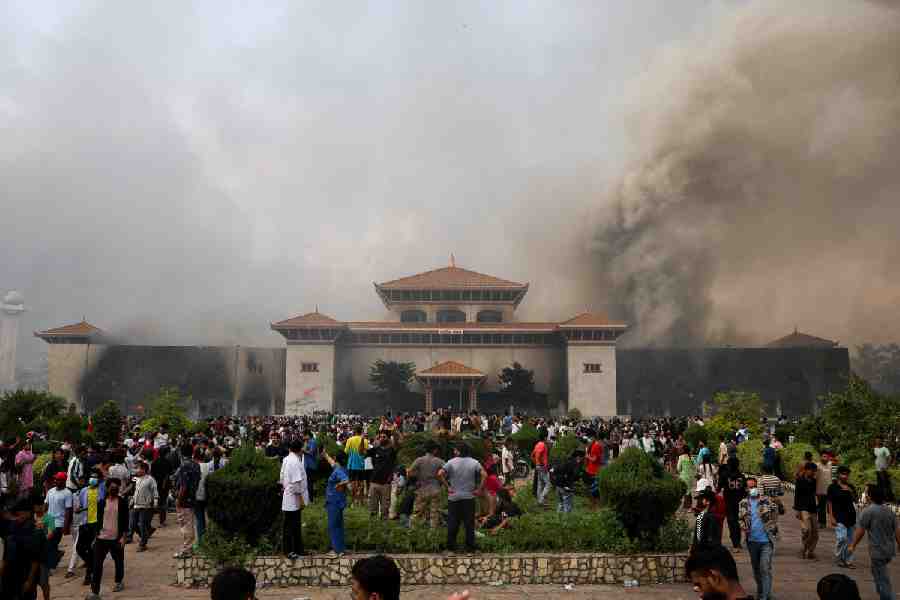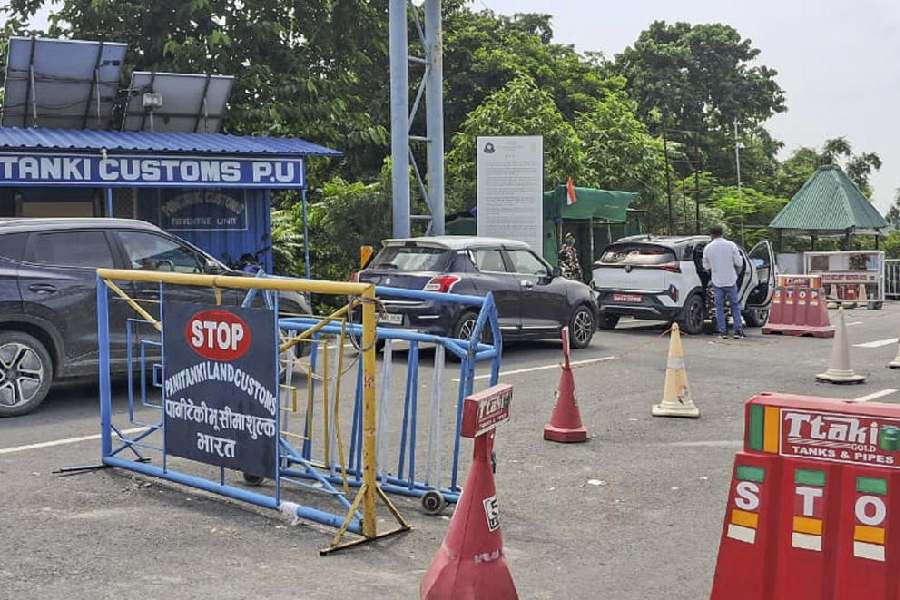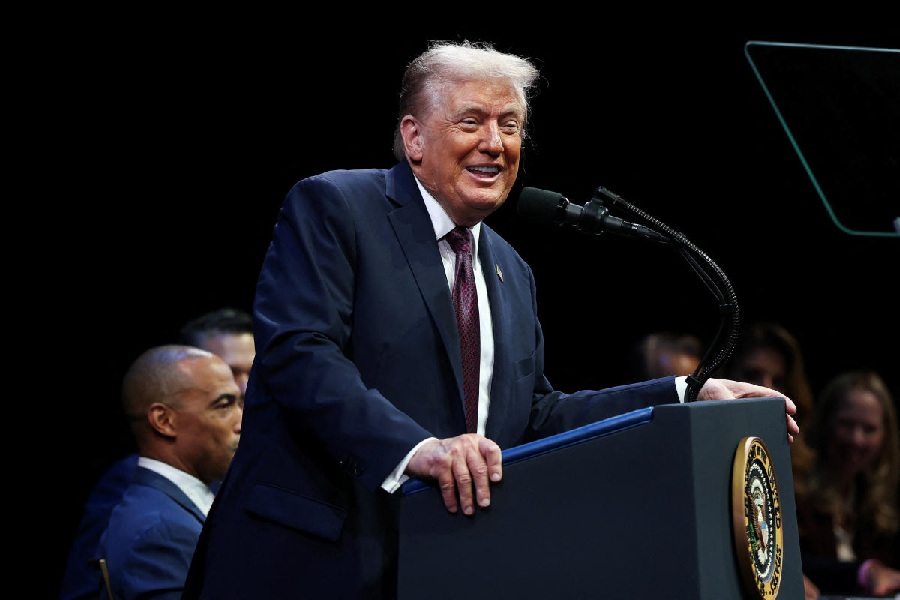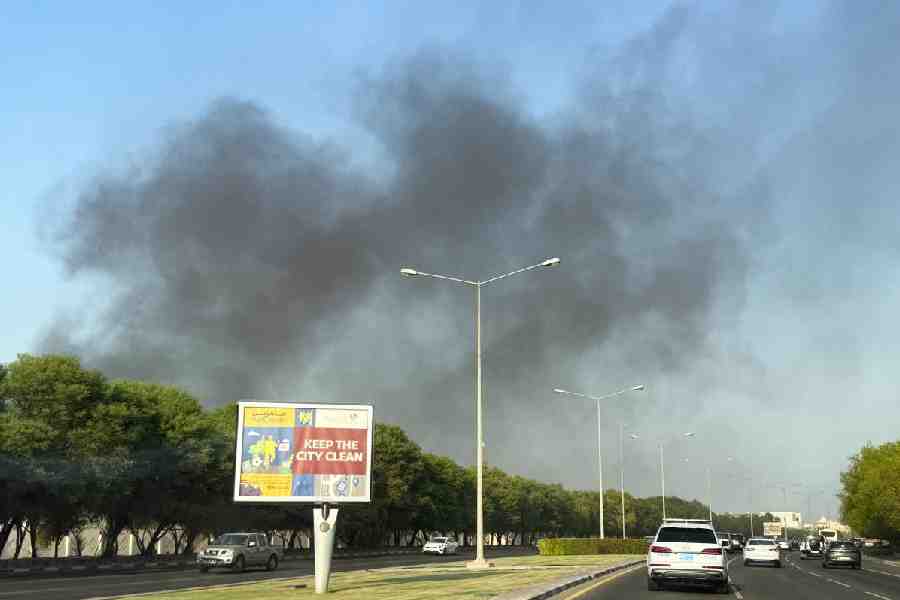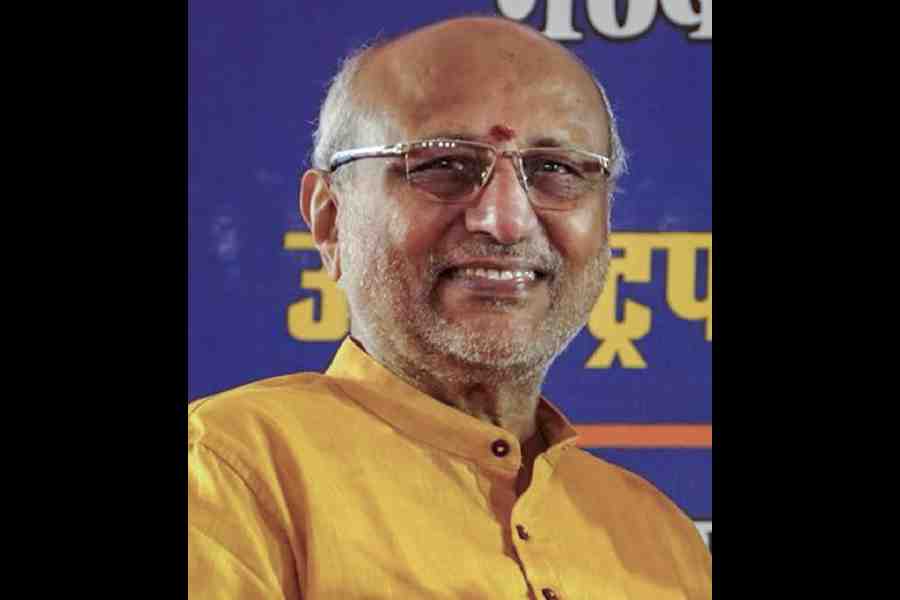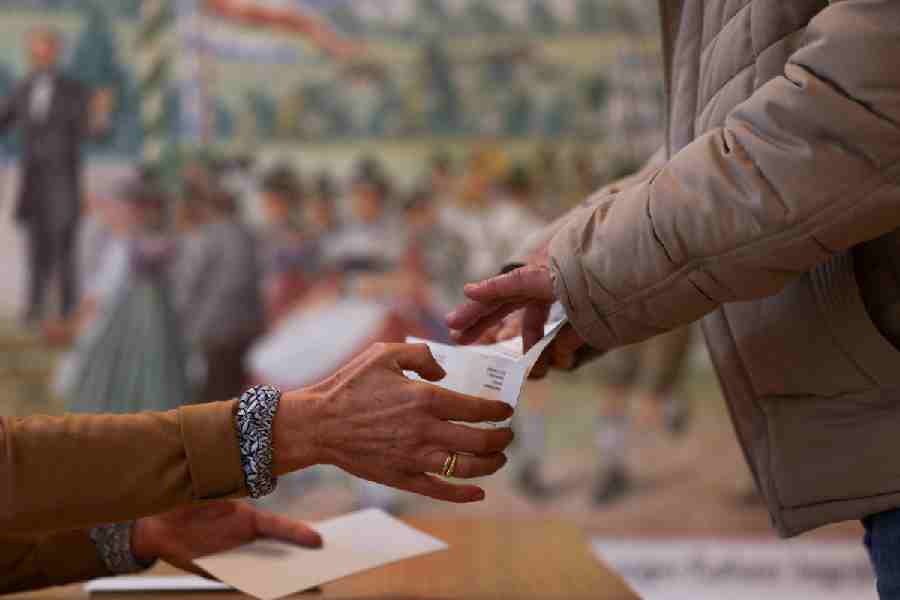 |
| ROMANCE BLACKOUT: (Clockwise from above) Stills from Rang De Basanti, Black, Being Cyrus; (below) love blooms in DDLJ |
There was a time, not so long ago, when they sweated it out under a tree in the cultural heart of Delhi, mouthing lines and exercising their limbs on a makeshift stage. But the boys from Act One, a theatre group based in Delhi, are no longer in Mandi House. They are in Mumbai, furiously penning scripts.
“There is a great demand for different kinds of cinema,” says Act One founder N.K. Sharma. “So somebody is writing a thriller, another is working on a drama, and there are others looking at contemporary issues,” says the theatre director. “And they are doing so well that each one of them has ended up buying a flat in Mumbai.”
Hindi cinema, clearly, is on the move. And one of the outcomes of an industry bursting at the seams with new ideas is the death of an ingredient that was once another word for Bollywood ? romance. Exactly 75 years after India’s first talkie ? Alam Ara, a story of love and revenge ? was released on March 14, 1931, romance is just a sidebar in Hindi cinema today. “Romance is facing a crisis,” asserts Ranjani Mazumdar, associate professor, Film and Cultural Studies, Jawaharlal Nehru University.
For long years, boy met girl ?and Hindi cinema prospered. Stories developed on the sundry problems that came in the way of true love. Some had a nasty villain creating trouble for the lovers, and some dealt with a poor boy’s love for a rich man’s daughter. “Hindi romances were all replays of Romeo and Juliet,” says Sharma. “Just the backdrop was different.”
Those were the black-and-white years, and romance was an important factor in the dreams that a young India weaved. “Romance is and was a way of life,” says Yash Chopra, one of the few directors still focusing on the subject. “As long as there are people, there will be romance,” says the maker of the 2004 film Veer-Zaara ? a love story spanning a lifetime and revolving around the lives of an Indian boy and a Pakistani girl.
But in Mumbai, Chopra stands out today with his love stories. All around him, cinema is being made on a host of other subjects ? from a village’s besting of British rulers in Lagaan (2001), an idealistic non resident Indian’s home-coming in Swades (2004) and Sepoy Mangal Pandey’s story in The Rising (2005) to the gritty story of a blind girl in Black (2005) and the social awakening of a group of young boys in Rang De Basanti (2006). And this is just big banner cinema.
The list of films that have bypassed romance is a long one. Some of the much-hyped films, and quite a few of the top hits in recent years ? including Bunty aur Babli, Munnabhai MBBS, Dhoom, Koi Mil Gaya, Sarkar, Bluff Master, Apaharan, Iqbal, Being Cyrus, Taxi Number 9211 and 15 Park Avenue ? do not have romance as their central theme.
“Certainly, romance is no longer the central theme of Hindi cinema,” says Mumbai-based Komal Nahta of Film Information, a Hindi cinema trade magazine, and a columnist for this newspaper. “With multiplexes coming up, there is a lot of new cinema being tried out,” he says.
Audiences, the experts hold, are not what they used to be. Once, a movie hall accommodated 1,200 to 1,400 people ? from the enthusiastic rickshawpuller throwing coins at the screen to the well-heeled sitting in sofa-furnished boxes. Now, cinema caters to what is known as a multiplex audience ?urban, educated and exposed to Hollywood. “Audiences have got divided,” says Mazumdar.
That’s not surprising, for Hindi cinema has also been reinventing itself. Many of the big studios have folded up and cinema is being funded by companies. There are also many more film makers today who have been influenced by the best of Hollywood. “They have a cynical language and are critical of the kind of films that people like Yash Chopra produce,” says Mazumdar.
Small film makers, Nahta stresses, make small films for small audiences. A multiplex accommodates some 200 to 300 people, and it’s easy for a film to break even, or make profits, if the budget is low. And that is one reason for the great surge in small-budgeted films which deal with small-canvas issues ? adultery, singlehood, crime and so on.
Romance, on the other hand, always demanded a big canvas. Some of the best-remembered romances of Hindi cinema, theatre director and cinema buff Sharma points out, were giant-sized presentations of love stories ?from Mughal-e-Azam to Hum Aapke Hain Kaun (HAHK) (1994). Adds Yash Chopra, “The intensity of romance demands that it be larger than life.”
And not just that. Those who believe that Hindi cinema will not be the same without the romance quotient stress that romantic films weren’t mere love stories. Bimal Roy’s Sujata (1959) spoke of caste, K. Asif’s Mughal-e-Azam was about the doomed love affair between a crown prince and a courtesan and Veer- Zaara dealt with nationality.
“Romance was also often related to great acts of sacrifice,” says Sharma. “Romance needed someone like Devdas, who was ready to drink himself to death outside his beloved’s house,” he says, referring to Sarat Chandra Chattopadhyay’s story of unrequited love. “Romance was often linked to taboo and denial. It was about feudalism, class divides and family rivalries,” adds Mazumdar.
Film director Karan Johar ? known for his romantic films Kuch Kuch Hota Hai (1998) and Kabhi Khushi Kabhi Gham (2001) ? has famously linked the death of romance with the advent of the television soap. He argues that TV is so full of family dramas ? replete with romance, intrigue, suspense and revenge ?that big-screen directors are being forced to look at other issues.
Not surprisingly, the search these days is for subjects that television overlooks. “Everybody wants to deal with complicated issues,” says Mazumdar. For example, if the focus of the sixties’ cinema was on love, contemporary Hindi cinema has been obsessing with sexuality.
And what enthuses the industry is that it’s a cinema that’s financially viable as well. Small films, as Nahta points out, end up making big money. But, curiously, the biggest grossers of all times were romances ? from Dilwale Dulhaniya Le Jayenge (1985) to HAHK, Devdas and Veer-Zaara.
Which is quite possibly why Aneez Bazmi, director of No Entry (2005), is convinced that Bollywood will not see the last of romance. “Trends come and go, but romance is Bollywood’s pehchaan,” he says. Director Madhur Bhandarkar echoes the point: “Romance will never go out of Bollyood films. It might not be the mainstay of Bollywood films, but there was a time when new heroes were launched inevitably in a romantic film like Kumar Gaurav in Love Story. If I get a good romantic script, I will make a romantic film too but it should be something big, something that makes a big difference and shakes a lot of people.”
And after all these years, Yash Chopra still can’t think of making cinema without romance. “For me, romance is cinema,” he says.
Additional reporting by Velly Thevar in Mumbai


